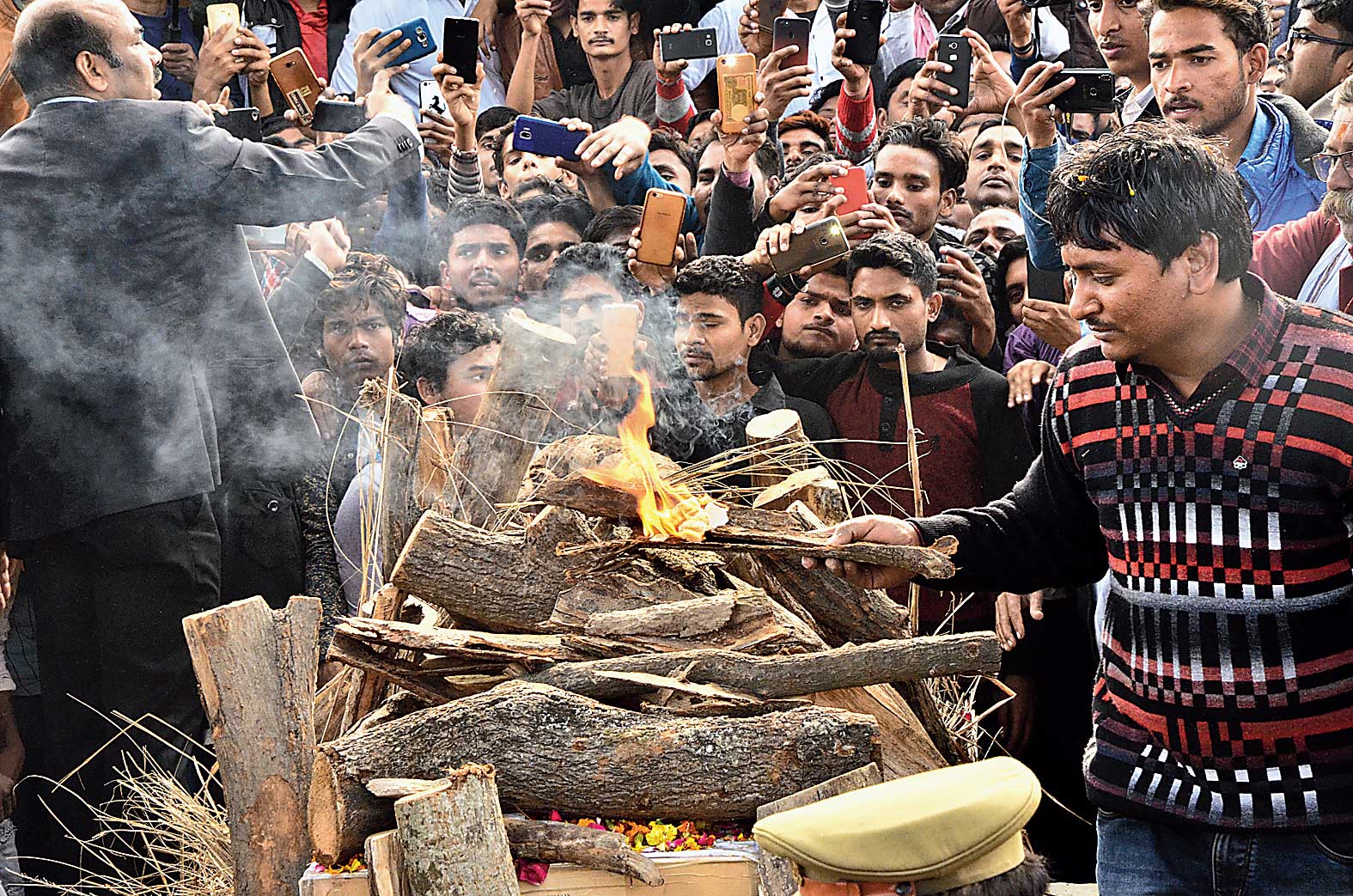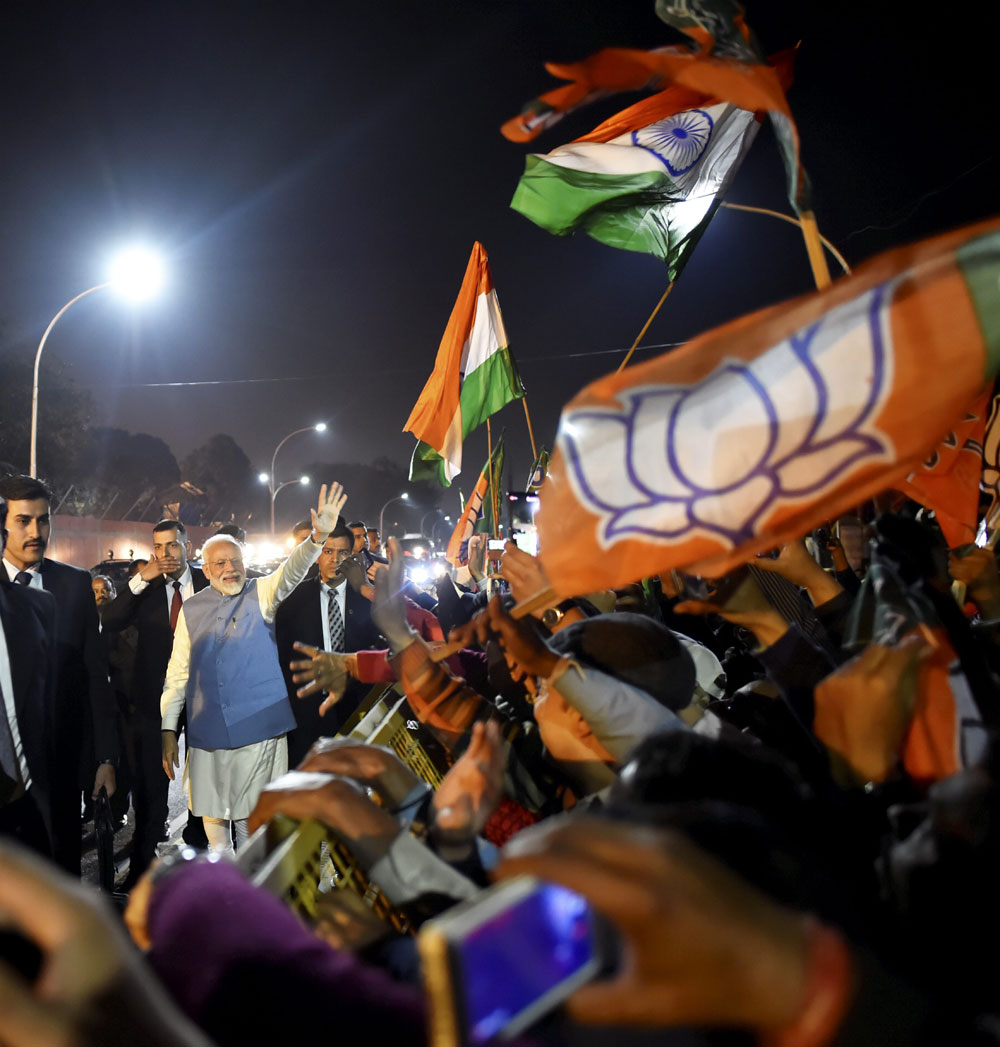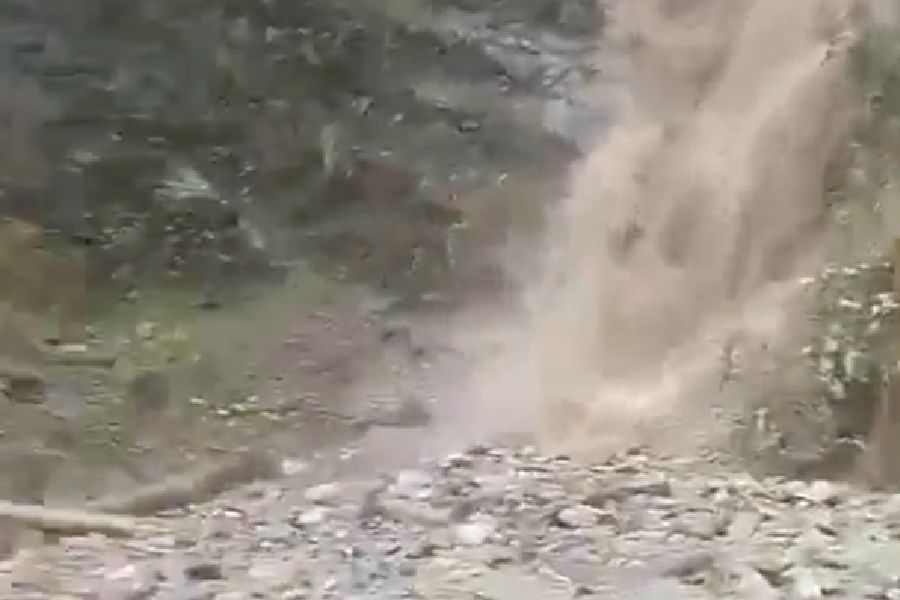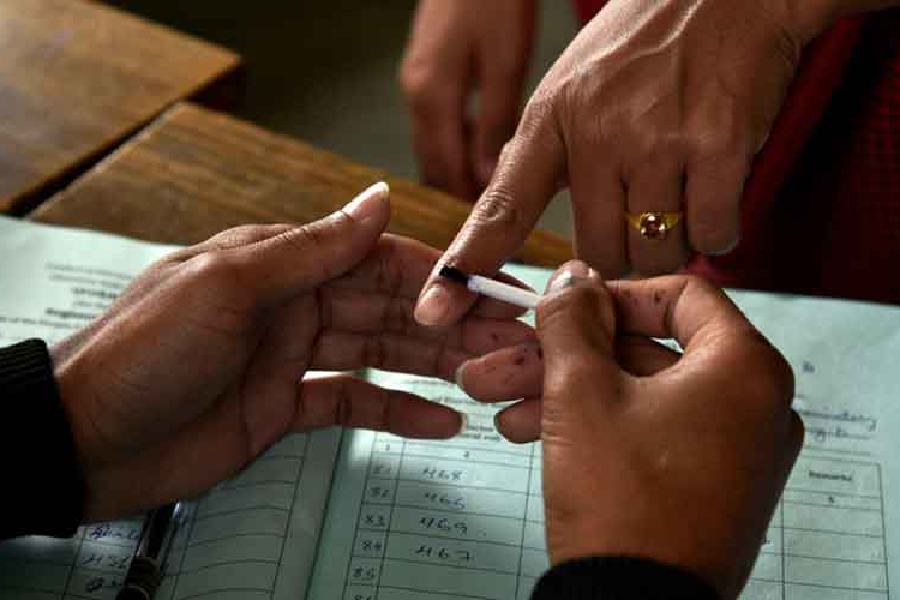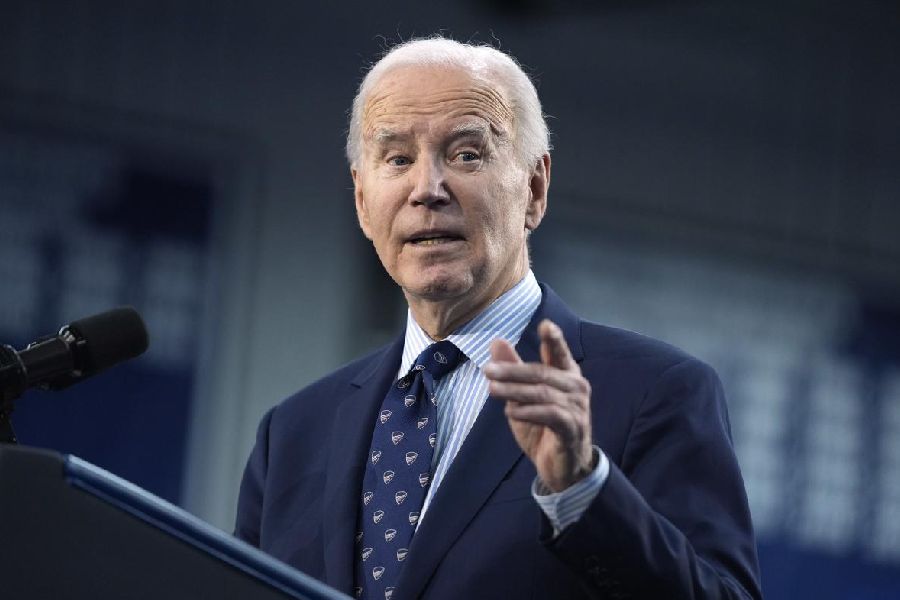Mehbooba Mufti is so right and so wrong. Days after the February 14 attack by a suicide bomber in Pulwama left 40 CRPF personnel dead, the former chief minister of Jammu and Kashmir said it was futile to talk of war between India and Pakistan.
In this era, she said, only those who were anpadh (illiterate) and gavaar (unsophisticated; literally village bumpkins) can talk of war. “Both countries are nuclear powers and when they have the option of dialogue, I don’t think the question of war arises,” she added.
She may be absolutely right in stressing that war is no option. But she is woefully wrong in her description of those who are advocating it. For it is not the illiterate or unsophisticated ordinary Indian who is thirsting for war; it is the educated, the powerful and the privileged among us who are.
Anger at the killing of such a large number of our soldiers is only too understandable. With the Pakistan-based terrorist organization, Jaish-e-Mohammad, taking responsibility for the massacre, it is also natural that some of that rage will be directed at Pakistan.
But after the initial shock at such an attack, it is incumbent on the political leadership and opinion makers in a mature democracy to inject a measure of sobriety into the national discourse. India has faced worse provocation in the past and has also waged wars against Pakistan, most notably in 1971, after long and careful preparation.
But the hysteria that has overtaken the country in the past 10 days is unprecedented. The attacks on innocent Kashmiri students and traders in different parts of the country is the most obvious outcome of this hysteria fomented and fuelled by the ruling Bharatiya Janata Party and its cohorts. Such was the intensity of the attacks that the Supreme Court had to step in. On February 22, it directed all state governments to take prompt action to prevent incidents of “assault, threat, social boycott and such other egregious acts” against Kashmiris and other minorities following the Pulwama attack. It was only after the apex court’s reprimand that the prime minister, belatedly as usual, broke his silence on the issue and said, “Our fight is for Kashmir and not against Kashmir or Kashmiris.”
But while many of us have criticized the attacks on Kashmiris, we are much too scared to state another truth: that the anti-Pakistan theatrics on display by “educated” middle-class Indians have been extraordinarily immature, petty and disturbing.
Take cricket, for instance. The game that is the singular passion of millions on both sides of the border has often been a victim of subcontinental tensions. Bilateral cricket matches between India and Pakistan have been suspended many times in the past. But it is hard to remember a time, if there ever was one, when cricket associations in the country chose to remove the photographs of Pakistani cricketing heroes from their walls. The “unique protests” started at Mumbai’s famous Cricket Club of India, which decided to cover the portrait of the 1992 World Cup winning captain and now the prime minister of Pakistan, Imran Khan.
The club’s secretary told reporters, “Though CCI is a sporting association but nation comes first even before sports... We called a meeting on the very next day of the attack [in Pulwama] and to condemn the attack, we decided to cover the photo. We’ll be deciding soon how to remove the photo.”
That decision led to a spate of copy cat actions: portraits were removed by the state cricket associations of Karnataka, Punjab, Rajasthan and Himachal Pradesh.
The childish act of covering portraits has been followed by frenetic calls for India not to play against Pakistan in the cricket World Cup this June. With players divided on the merits of forfeiting a match to Pakistan, the Board of Control for Cricket in India has gone a step further. It has written to the International Cricket Council that in the wake of the Pulwama attack, Pakistan should be kept out of the World Cup altogether and all cricketing nations should “sever ties with countries from which terrorism emanates”.
Justifying this extreme position never taken before in Indian cricket, the chairman of the Committee of Administrators, Vinod Rai, said, “The present dispensation feels strongly about it because we reflect the sentiment of the nation. We are not a closed cricket community, we represent the nation.”
If the response of another international sporting body is anything to go by, the BCCI ploy is unlikely to work. The International Olympic Committee has taken a dim view of India’s decision not to grant visas to two Pakistani shooters who were to participate in the shooting World Cup taking place in Delhi. The IOC asserted that the denial of visas went against the principles of the Olympic charter relating to discrimination and political interference from the host country.
“As a result,” the statement said, “the IOC Executive Board also decided to suspend all discussions with the Indian NOC and government regarding the potential applications for hosting future sports and Olympic-related events in India.”
As though that wasn’t bad enough, the IOC has asked all international sports federations not to hold events in India until the government provided “clear written guarantees” that it would allow all athletes to participate in any international competitions held in the country.
India’s threat to cut off water to Pakistan smacks of even greater pettiness. The water resources minister, Nitin Gadkari, first said India would choke Pakistan’s water supply and then followed it up with a more concrete threat: “Our government has decided to stop our share of water which used to flow to Pakistan. We will divert water from eastern rivers and supply it to our people in Jammu and Kashmir, and Punjab.”
Since the World Bank is the guarantor for the Indus Water Treaty and any violation of it has serious international repercussions, India is unlikely to carry out the threat. But that the threat should be made at all is an indication of how much we have changed as a nation. Even when India fought full fledged wars with Pakistan, the water treaty remained intact. To deprive the ordinary people and peasants of Pakistan something as essential as water would have been seen by all thinking Indians as an act of callousness and inhumanity completely at variance with the values we claim to espouse, a travesty of our civilizational inheritance in the land of Buddha and Gandhi.
But after five years of sustained jingoism where targeting minorities and activists as “anti-national” is the officially sanctioned blood sport, no one has the courage to say that we must distinguish between the people and the State (however deep) of Pakistan or the guts to ask why the government is encouraging its supporters in the media and sports bodies to stoke such theatrics when it has yet to cut off diplomatic ties with Islamabad, leave alone declaring war against the country.
Only one man in public life, Navjot Singh Sidhu, showed the courage of his convictions yet again. He unequivocally condemned the Pulwama attack. But he also pointed out that “wherever wars... happen, dialogue also continues simultaneously” and that “for a handful of people, can you blame an entire nation and can you blame an individual?”
In the India of yore, that simple remark would have been dismissed as a truism at best or a platitude at worst. But in the New India that is half a decade old, it was seen as an act of treason. Union ministers and social media warriors who, on the face of it, are neither anpadh nor gavaar, pilloried Sidhu for his ‘treachery’ and threatened to boycott Sony TV if it did not drop him as a permanent guest on a popular comedy show. He was dropped without demur.
The ruling party and the sangh parivar may rejoice at the outpouring of “national sentiment” seeking revenge for Pulwama and see it as evidence of the efficacy of its muscular Hindutva. After all, when you teach your people to hate the neighbour across the border, it is that much easier to teach them to hate the neighbour across the street who may dress or eat or pray differently.
Strategic analysts insist that the Pakistani establishment is waging a proxy war to bleed India “through a thousand cuts.” But more dangerous perhaps is the state of heightened hate and mindless hysteria that threatens to corrode us from within...


